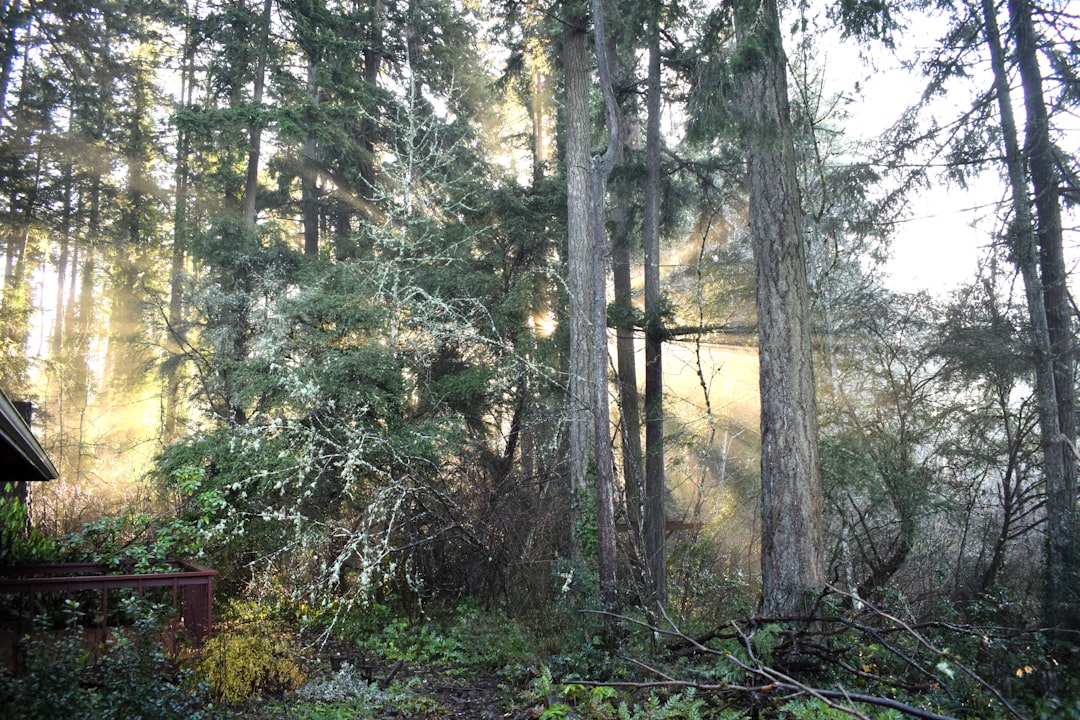Edible gardening is a fulfilling and rewarding hobby that allows you to grow your own fresh produce right at home. One unique addition to your edible garden could be loofah plants. These versatile plants not only offer a natural sponge when mature but also have young fruits that are edible. In this article, we will explore essential tips for planting, growing, and caring for loofah plants in your garden.
Planting Loofah Seeds
Loofah plants are warm - season vegetables, so it's crucial to start them at the right time. In most regions, it's best to start loofah seeds indoors about 4 - 6 weeks before the last expected frost date. Fill small seedling trays with a high - quality seed - starting mix. Moisten the mix before planting the seeds. Place one or two loofah seeds about half an inch deep in each cell of the tray. Keep the trays in a warm area, ideally around 75 - 85°F (24 - 29°C). You can use a heat mat to maintain a consistent temperature. The seeds usually germinate within 7 - 14 days.
Once the seedlings have developed a couple of true leaves and the danger of frost has passed, they can be transplanted outdoors. Choose a sunny spot in your garden with well - drained soil. Loofah plants thrive in full sun, which means they need at least 6 - 8 hours of direct sunlight per day. Prepare the soil by adding compost or well - rotted manure to improve its fertility and drainage. Space the seedlings about 18 - 24 inches apart to give them enough room to grow.
Providing Support
Loofah plants are vigorous climbers. They have long vines that can reach up to 20 feet or more. Therefore, providing proper support is essential. You can install a trellis, a fence, or a sturdy arbor for the plants to climb on. As the plants grow, gently train the vines to climb the support structure. This not only helps keep the plants organized but also improves air circulation around the leaves and fruits, reducing the risk of diseases.
Watering and Fertilizing
Loofah plants need regular watering, especially during hot and dry periods. Keep the soil consistently moist but not waterlogged. Overwatering can lead to root rot, while underwatering can cause the fruits to become stunted. A good rule of thumb is to water deeply once or twice a week, depending on the weather conditions. You can use a soaker hose or drip irrigation to deliver water directly to the soil, minimizing water waste.
Fertilizing is also important for healthy loofah growth. Before planting, incorporate a slow - release fertilizer into the soil. As the plants start to flower and set fruit, you can supplement with a balanced liquid fertilizer every 2 - 3 weeks. This provides the necessary nutrients for the plants to produce abundant fruits.
Pest and Disease Management
Like many vegetable plants, loofahs can be susceptible to pests and diseases. Common pests include aphids, cucumber beetles, and squash bugs. You can control aphids by spraying the plants with a strong stream of water or using insecticidal soap. For cucumber beetles and squash bugs, hand - picking them off the plants can be an effective method, especially in small gardens. You can also use floating row covers to protect the plants from pests during the early stages of growth.
Diseases such as powdery mildew and downy mildew can affect loofah plants. To prevent these diseases, ensure good air circulation around the plants by proper spacing and pruning. Avoid overhead watering, as wet leaves can promote the growth of fungal diseases. If you notice signs of disease, you can use fungicides labeled for use on edible plants, following the instructions carefully.
Harvesting Loofahs
For edible use, you can harvest loofah fruits when they are young and tender, usually about 6 - 8 inches long. At this stage, the fruits are crisp and can be cooked in various ways, similar to zucchini or summer squash. If you're growing loofahs for the sponges, wait until the fruits turn yellow - brown and start to dry on the vine. Cut the fruits from the vine and soak them in water for a few days to remove the outer skin and seeds. Then, rinse the sponges thoroughly and let them dry in a well - ventilated area.
In conclusion, growing loofah plants in your garden can be a fun and rewarding experience. By following these essential tips for planting, growing, and caring for loofah plants, you can enjoy a bountiful harvest of both edible fruits and natural sponges.

